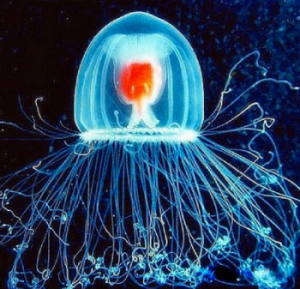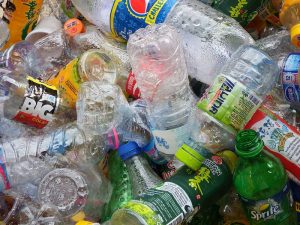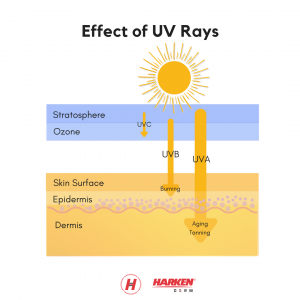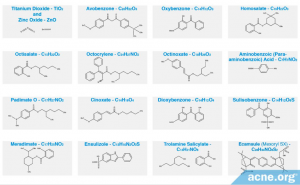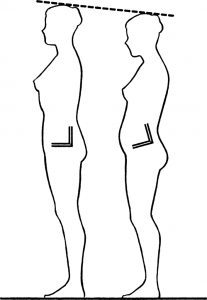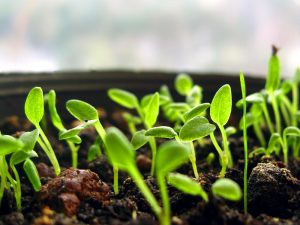A Beloved Animal Lost Forever
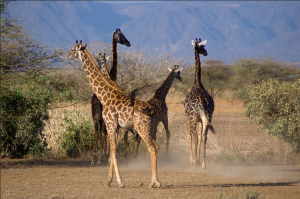
Source: David Orgel, Giraffe, 2006. https://www.flickr.com/photos/orgel/2208083592/. All Creative Commons.
When most people think of the African Savanna, they imagine a beautiful grassland filled with lions, elephants, zebras, cheetahs, and, of course, giraffes. But what if I told you that giraffes are going extinct?
In the past three decades, the giraffe population has fallen by an enormous 40%. Currently, there are less than 100, 000 left in the world, and what few do remain, exist in vulnerable and fragmented herds, facing constant threats from habitat loss and poaching.
Giraffes overall are only categorised as a vulnerable species – meaning they are in threat of extinction for the not-immediate, but foreseeable future. However, scientists agree that giraffes are indeed endangered and face imminent extinction if nothing is done.
These numbers only get more daunting when looking at the individual subspecies. Two of the nine subspecies – Kordofan and Nubian giraffes – are considered critically endangered with population decreases of 90% and 98%, respectively. Similarly, the Reticulated Giraffe is considered endangered – a step up from critically endangered but still facing immediate extinction. Startlingly, the West African Giraffe was saved from the brink of extinction with only 49 members still living in the 1990’s. Today the West African Giraffe has been moved to the vulnerable category despite only having 600 members total in its population.
The most heartbreaking part of this story is that the reason for this drastic decline is entirely man-made. Experts say that what is driving this beautiful species to extinction is the combined effects of habitat loss and poaching.

Source: Frapelo, Giraffe, 2009. https://www.flickr.com/photos/frapelo/3823053523/. All Creative Commons.
The encroachment of humans onto giraffe zones has begun to drive out the animals from their natural habitat, and this new contact between giraffes and humans has been harmful to both species. Giraffes have been known to die in car accidents or starve from loss of food sources.
On top of this, many poachers have been killing these protected animals for their hides, meat, and bones, making luxury crafts or medicines from the various parts. Some giraffes are even being killed for their tails alone, which are seen as a status symbol.
Thankfully, there is some hope. Conservationists have been working tirelessly to save each of these subspecies, and so far, they have been successful in this tiresome fight. However, education needs to be there.

Source: Lisa, Giraffe, 2005. https://www.flickr.com/photos/ljb/32340548/. All Creative Commons.
Most people are aware of the extinction faced by elephants, rhinoceroses, and other megafauna, largely due to the media attention those cases receive. Giraffes, on the other hand, have not received that same kind of media highlighting, resulting in what some are deeming a “silent extinction”. Experts say this is because of the common misconception that because an animal is often seen in zoos and sanctuaries, it must be under no threat in the wild. In fact, there are fewer giraffes than there are elephants.
Through awareness and understanding, groups like the Natural Resource Defense Council (NRDC) have managed to put in place policies protecting giraffes. Through more efforts, we may be able to see this species safe and stable.
Written by Kaitlyn Le


